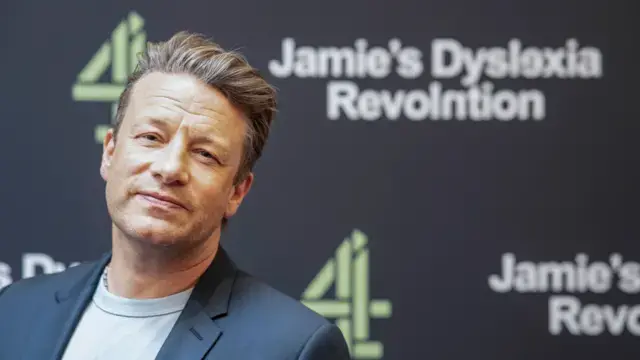Sight Words Made Simple: What Every Parent Needs to Know
- Kate Baker

- Apr 14
- 3 min read
Updated: May 28
If you’ve ever heard the phrases “sight words” or "tricky words" and wondered what they actually mean, you’re not alone - and the good news is, it’s simpler than it sounds.

So, what are sight words?
Sight words are words that children are encouraged to recognise “on sight,” without needing to sound them out. They’re often high-frequency words that pop up again and again in books, instructions, and everyday reading. Think of words like the, was, said, and what. Many of these words don’t follow regular phonics rules, so trying to sound them out won’t always help—what doesn’t sound anything like wuh-hat, after all!
For children who are learning to read, especially those with dyslexia or other special educational needs, these words can be tricky. But once learnt, they help unlock smoother, more fluent reading.
Why do sight words matter?
When children can confidently recognise common sight words, they don’t get stuck or frustrated every time they see them. This frees up brain space for decoding trickier words, understanding the story, and actually enjoying what they’re reading.
Think of reading like riding a bike. Sight words are the stabilisers—they help keep the reading flowing while children build confidence with phonics and decoding. They support fluency, comprehension, and that all-important feeling of “I can do this!”
Where should I start as a parent?
Don’t worry—it's easy to support your child with sight words. Here’s how to get going:
Start with a few key words
Pick 6-10 common sight words to begin with—ones your child sees often in school books, early readers, or around the house. Examples include: the, and, you, said, he, she.
Make them visual
Write them on individual flashcards in neat handwriting.
Spark their mental imagery
Get your child to take a mental picture of the sight word and then write the letters in the air with their finger while saying the letter names, before saying the word.
Question their picture
Ask them to picture the word in their mind again and tell you the first/second/last letter they saw. This helps to strengthen their memory of the letters in the word, which will help them to recognise it later on.
Play games
Movement-based games like “Sight Word Hopscotch” can be a huge hit.
Keep it short and sweet
Daily practice works best in small bursts—5 to 10 minutes is enough. End on a positive note and celebrate effort, not just perfection.
A little reminder...
Some children take longer to learn sight words, and that’s okay. Every child’s learning journey is different. If your child has dyslexia, ADHD, or another special educational need, the process may take longer but they can succeed with the right support.
In my reading workbooks, I introduce sight words gradually, with lots of visual and hands-on practice built in, so children don’t feel overwhelmed. If you’re not sure where to begin, these can be a great starting point.
You’ve got this!
Supporting your child with reading doesn’t have to be complicated. Sight words are just one piece of the puzzle—but a powerful one. With patience, practice, and encouragement, your child can build the confidence they need to read with pride.
Have questions or need some resources to get started? Pop me a message—I'm always happy to help!

If you'd like some advice about where to start, use the chat function or email me at info@pictureprogress.com. I'd love to help!




Comments